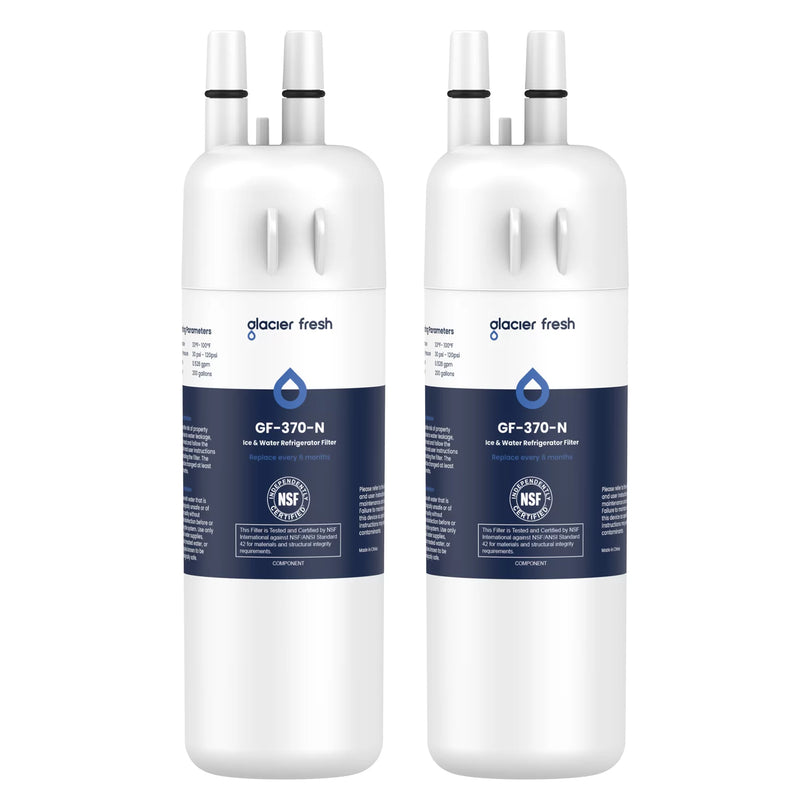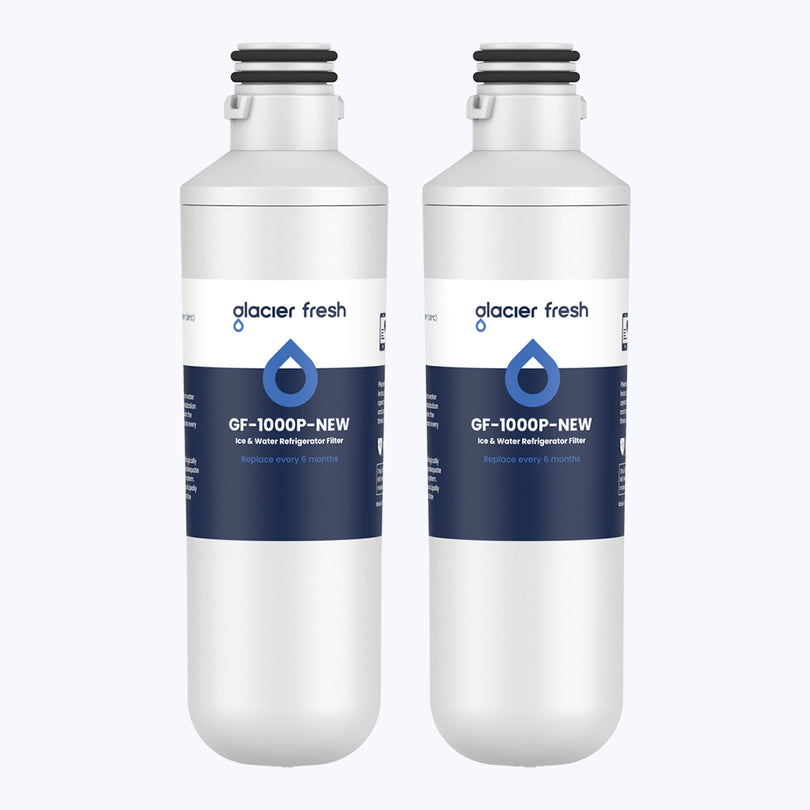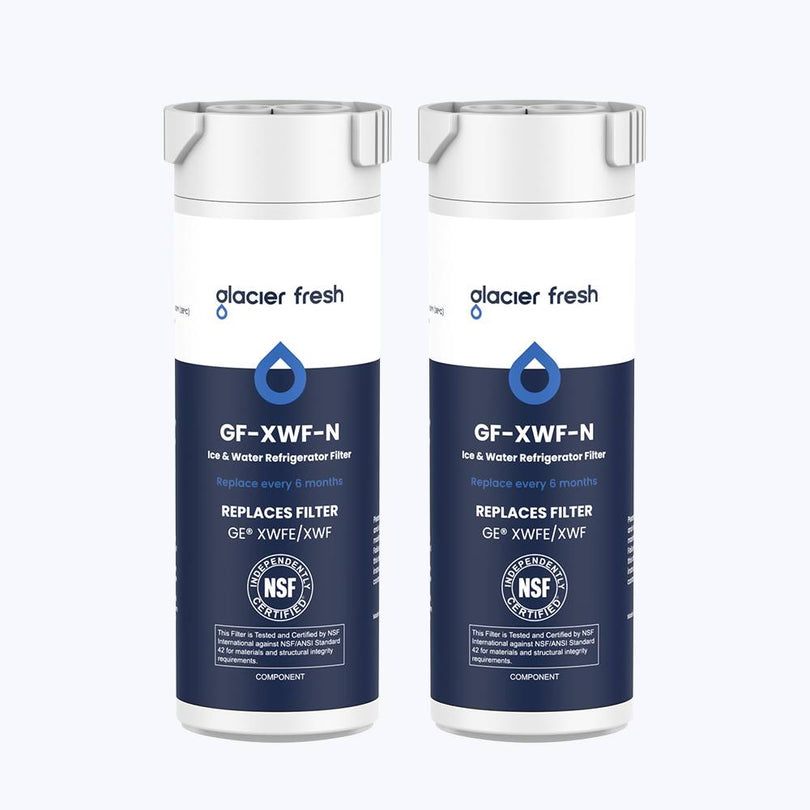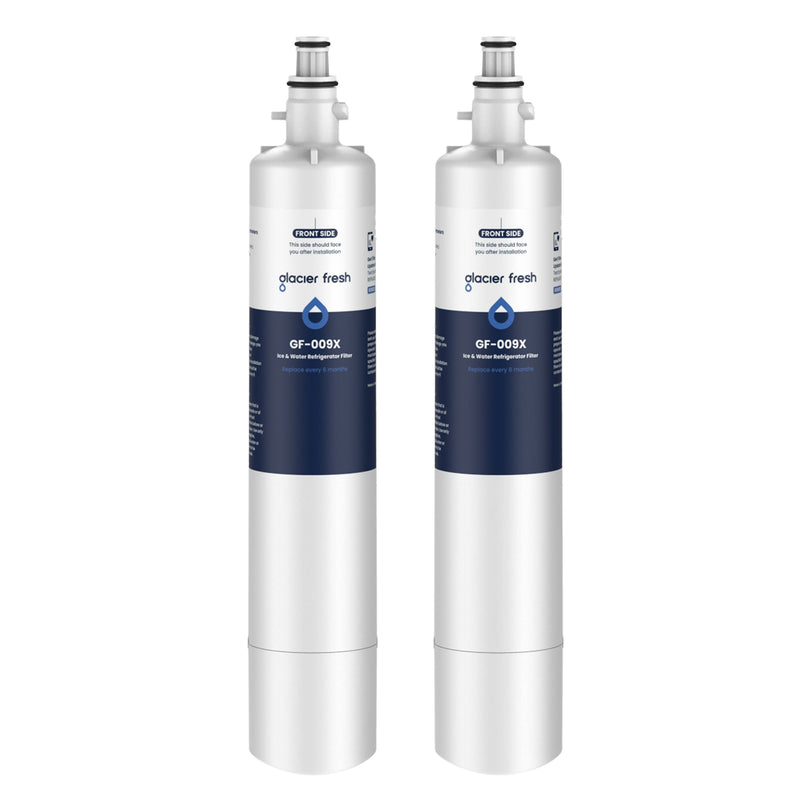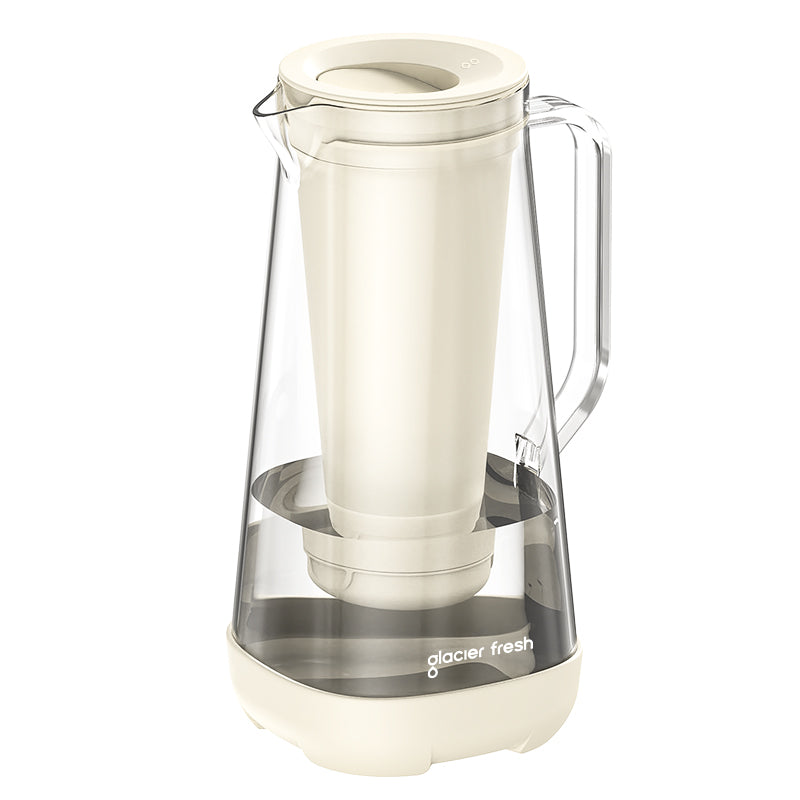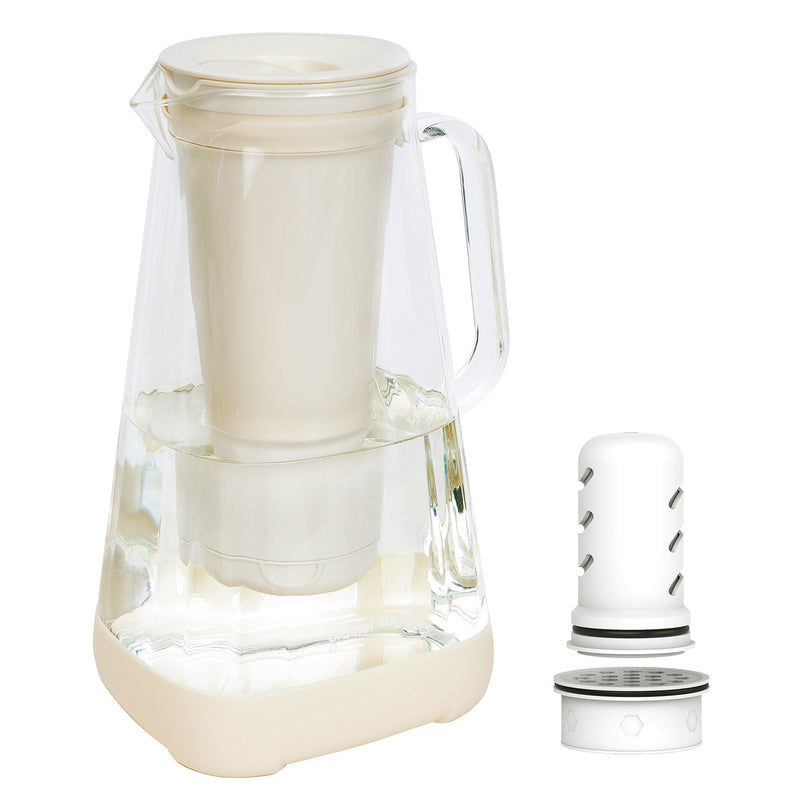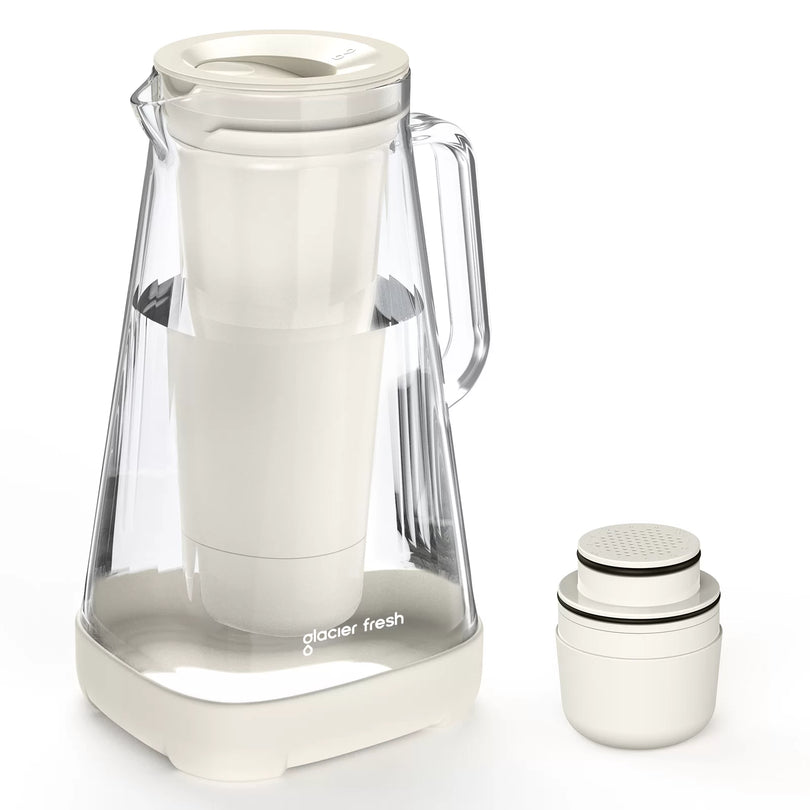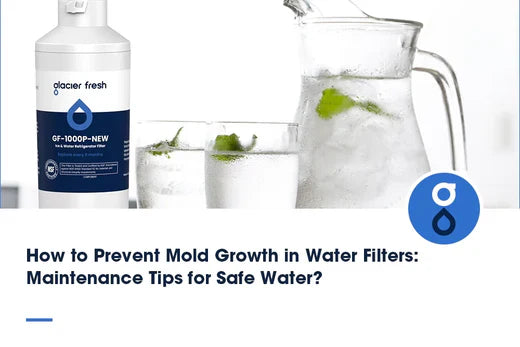Table of Contents:
Warum ist es wichtig, Ihr Wasser zu filtern?
Wie beurteilen Sie Ihre Wasserqualität?
Welche Arten von Wasserfiltern gibt es und was entfernen sie?
Die Filtertypen je nach Anwendung
Worauf Sie bei der Auswahl eines Wasserfilters achten sollten
Abschluss
Wasser ist lebenswichtig für die Gesundheit, doch nicht alle Wasserquellen sind frei von Schadstoffen. Obwohl viele Haushalte auf kommunale Wassersysteme angewiesen sind, können dennoch Schadstoffe wie Blei, Chlor oder Mikroorganismen ins Leitungswasser gelangen. Die Wahl des richtigen Wasserfilters sorgt dafür, dass Ihr Trinkwasser sicher, sauber und wohlschmeckend ist. Dieser Leitfaden führt Sie durch alles, was Sie über die Auswahl eines passenden Filters für Ihr Zuhause wissen müssen.
Warum ist es wichtig, Ihr Wasser zu filtern?

Obwohl das öffentliche Wasserversorgungssystem der USA Sicherheitsstandards wie die National Primary Drinking Water Regulations (NPDWR) einhält , ist es nicht perfekt. Alternde Rohre, chemische Abflüsse und lokale Schadstoffe können die Wasserqualität beeinträchtigen, wenn es Ihren Wasserhahn erreicht. Zu den häufigsten Verunreinigungen gehören:
- Blei aus alten Sanitärrohren.
- Zur Desinfektion werden Chlor und Chloramin verwendet, die Geschmack und Geruch beeinträchtigen können.
- Pestizide aus landwirtschaftlichen Abwässern.
- Bakterien und Viren , die sich in schlecht gewartete Systeme einschleichen können.
Ein Wasserfilter hilft, diese schädlichen Substanzen zu entfernen oder zu reduzieren und stellt sicher, dass das Wasser für Ihre Familie sicher und angenehm ist.
Wie beurteilen Sie Ihre Wasserqualität?
Bevor Sie sich für einen Filter entscheiden, ist es wichtig zu wissen, was in Ihrem Wasser enthalten ist. So können Sie die Wasserqualität beurteilen:
1: Fordern Sie einen Wasserqualitätsbericht an
- Ihr örtlicher Wasserversorger ist verpflichtet, jährlich einen Verbrauchervertrauensbericht (Consumer Confidence Report, CCR) vorzulegen , in dem die Wasserquellen, Aufbereitungsprozesse und festgestellten Schadstoffe aufgeführt sind.
2: Testen Sie Ihr Wasser
- Erwägen Sie den Kauf eines Wassertest-Kits für den Heimgebrauch oder das Senden einer Probe an ein zertifiziertes Labor für private Brunnen oder genauere Daten .
- Achten Sie auf Probleme wie pH-Ungleichgewicht, Härte, Blei oder mikrobielle Kontamination.
Wenn Sie wissen, auf welche Schadstoffe Sie achten müssen, können Sie den effektivsten Wasserfilter auswählen.
Welche Arten von Wasserfiltern gibt es und was entfernen sie?

Für bestimmte Schadstoffe eignen sich unterschiedliche Filter am besten. Hier ist eine Übersicht über gängige Wasserfiltertechnologien:
Aktivkohlefilter
- Am besten geeignet für : Chlor , flüchtige organische Verbindungen (VOCs) und Verbesserung von Geschmack und Geruch.
- Häufige Verwendung : Kannenfilter, Wasserhahnaufsätze und Kühlschrankfilter.
- Einschränkungen : Nicht wirksam gegen Mineralien, Salze oder Mikroorganismen.
Destillationssysteme
- Am besten für : Schwermetalle, Bakterien und Nitrate.
- So funktioniert es : Wasser wird gekocht und der Dampf aufgefangen, wobei Verunreinigungen zurückbleiben.
- Einschränkungen : Destilliergeräte sind langsam und benötigen oft Strom.
Umkehrosmosesysteme (RO)
- Am besten geeignet für : Entfernung gelöster Feststoffe, Schwermetalle (Blei, Arsen), Nitrate und Fluorid.
- Häufige Verwendung : Untertischsysteme und Auftischeinheiten.
- Einschränkungen : Umkehrosmosesysteme verschwenden bei der Filterung etwas Wasser und erfordern eine Vorfilterung der Sedimente.
Ultraviolettfilter (UV-Filter)
- Am besten geeignet für : Abtöten von Bakterien, Viren und Parasiten.
- Funktionsweise : UV-Licht zerstört die DNA von Mikroorganismen und macht sie unschädlich.
- Einschränkungen : UV-Filter entfernen keine Chemikalien oder Feststoffe, daher werden sie oft mit anderen Filtern kombiniert.
Ionenaustauschfilter
- Am besten geeignet für : Reduzierung der Wasserhärte durch Ersetzen von Calcium- und Magnesiumionen durch Natrium oder Kalium.
- Allgemeine Verwendung : Wasserenthärter für das ganze Haus.
Die Filtertypen je nach Anwendung
Der richtige Filter für Ihr Zuhause hängt davon ab, wo Sie sauberes Wasser benötigen. Hier sind einige Filtertypen basierend auf Anwendungsfällen:
Ganzhausfilter
- Wird an der Hauptwasserleitung installiert, um das gesamte Wasser aufzubereiten, das in Ihr Haus gelangt.
- Es ist ideal zur Reduzierung von Chlor, Sedimenten und Mineralien aus hartem Wasser im Haus .
Point-of-Use-Filter
- Wird an bestimmten Wasserquellen installiert, beispielsweise unter der Küchenspüle oder am Duschkopf.
- Am besten geeignet für : Haushalte, die sauberes Wasser hauptsächlich zum Trinken und Kochen benötigen.
Ionenaustauschfilter
- Am besten geeignet für : Reduzierung der Wasserhärte durch Ersetzen von Calcium- und Magnesiumionen durch Natrium oder Kalium.
- Allgemeine Verwendung : Wasserenthärter für das ganze Haus.
Worauf Sie bei der Auswahl eines Wasserfilters achten sollten
Der richtige Filter für Ihr Zuhause hängt davon ab, wo Sie sauberes Wasser benötigen. Hier sind einige Filtertypen basierend auf Anwendungsfällen:
1: Prüfen Sie auf Zertifizierungen
Suchen Sie nach Produkten, die von NSF International , derWater Quality Association (WQA) oder anderen seriösen Stellen zertifiziert sind. Tatsächlich steht jede Zertifizierung für eine andere Wasseraufbereitung, wie etwa NSF 42 (Geschmack und Geruch), NSF 53 (Zystenreduktion), NSF 58 (Umkehrosmose) und NSF 62 (Destillation) usw. Diese Zertifizierungen bestätigen die Angaben des Herstellers hinsichtlich der vom Filter entfernten Stoffe.
2: Filterkapazität und Lebensdauer
· Informieren Sie sich, wie viele Gallonen Wasser der Filter behandeln kann, bevor er ausgetauscht werden muss. · · Bei manchen Filtern ist ein häufiger Wechsel der Kartusche erforderlich, was sich langfristig auf die Kosten auswirkt.
3: Wartungsanforderungen
· Filter müssen regelmäßig gereinigt oder ausgetauscht werden, um effektiv zu funktionieren.
· Prüfen Sie, ob Sie professionelle Hilfe bei der Wartung des Systems benötigen oder ob es problemlos selbständig zu handhaben ist.
4: Budgetüberlegungen
Wasserfilter gibt es in verschiedenen Preisklassen. So können Sie ihre Kosten einschätzen:
- Anschaffungskosten : Systeme für das ganze Haus und RO-Einheiten sind in der Anschaffung teurer.
- Ersatzfilter : Berechnen Sie, wie oft Sie Filter austauschen müssen und was die Kosten dafür sind.
- Installationsgebühren : Einige Systeme, wie z. B. Hausfilter, erfordern möglicherweise eine professionelle Installation.
Obwohl High-End-Systeme teuer erscheinen mögen, bieten sie auf lange Sicht oft eine bessere Filterung, Haltbarkeit und mehr Komfort.
5: Wartung Ihres Wasserfilters
Auch die besten Wasserfilter benötigen regelmäßige Wartung. Vernachlässigte Wartung kann die Wirksamkeit beeinträchtigen und zur Ansammlung von Verunreinigungen führen. Beachten Sie diese Tipps:
- Ersetzen Sie Filter rechtzeitig : Halten Sie sich an den vom Hersteller empfohlenen Zeitplan für den Austausch der Kartuschen.
- Reinigen Sie das System : Einige Filter, wie beispielsweise Umkehrosmosesysteme , müssen regelmäßig gespült werden, um Verstopfungen zu vermeiden.
- Überwachen Sie die Wasserqualität : Wenn Ihr Wasser anfängt, seltsam zu schmecken oder zu riechen, könnte dies ein Zeichen dafür sein, dass Ihr Filter Aufmerksamkeit benötigt.
6: Die endgültige Entscheidung treffen
Nachdem Sie nun die verfügbaren Filtertypen und ihre Verwendung kennen, sollten Sie vor dem Kauf noch die folgenden letzten Schritte beachten:
- Identifizieren Sie Ihre obersten Prioritäten : Suchen Sie nach einem besseren Geschmack, der Entfernung von Verunreinigungen oder beidem?
- Denken Sie an die Nutzungshäufigkeit : Ein Point-of-Use-System kann ausreichend sein, wenn Sie gefiltertes Wasser nur zum Trinken benötigen .
- Wägen Sie die langfristigen Kosten ab : Bedenken Sie, wie sich die Kosten für Filteraustausch und -wartung im Laufe der Zeit auf Ihr Budget auswirken.
Abschluss
Mit dem richtigen Wasserfilter für Ihr Zuhause genießen Sie und Ihre Familie sauberes und sicheres Trinkwasser. Identifizieren Sie zunächst Verunreinigungen in Ihrem Wasser und wählen Sie ein Filtersystem, das Ihren Anforderungen entspricht. Ob Hausfilter oder einfacher Krug – regelmäßige Wartung und fachgerechte Installation sorgen für frisches und gesundes Wasser.
Mit dem richtigen Wasserfilter können Sie beruhigt sein, denn Sie haben einen wichtigen Schritt zum Schutz Ihrer Familie getan. Folgen Sie Glacier Fresh, um weitere Wasserfilterlösungen zu entdecken.

